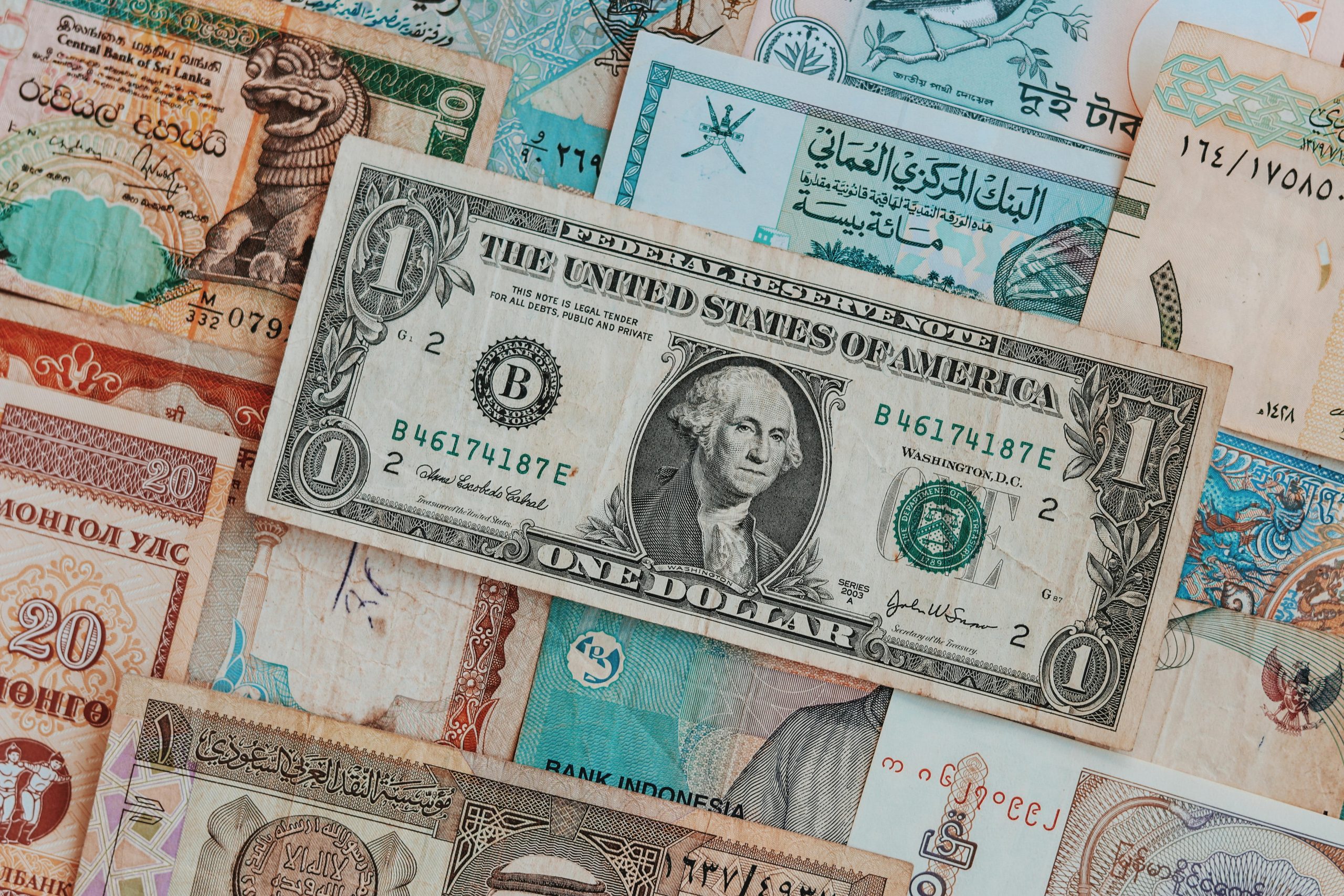Table of Contents
![]()
Introduction
Currency, as a medium of exchange, is integral to global economies and trade. Understanding the history and significance of world currencies offers valuable insights into their role in shaping economies, cultures, and international relations. This article explores the evolution of currencies from early forms of trade to the modern digital landscape, highlighting their historical context and contemporary significance.
Early Forms of Currency
Barter System
Before the advent of currency, societies relied on barter systems, exchanging goods and services directly. While effective in small communities, this system had limitations, such as the “double coincidence of wants,” where both parties had to desire what the other offered. This inefficiency prompted the search for a more reliable medium of exchange.
Commodity Money
The first significant step towards currency was the use of commodity money, where certain items, such as gold, silver, salt, and grain, held intrinsic value. These commodities facilitated trade, as they were widely accepted and could be standardized in value. Commodity money laid the groundwork for the development of more formalized currencies.
Emergence of Coins
Around the 7th century BCE, the Lydians introduced the first coins, made from electrum—a natural alloy of gold and silver. Coins quickly spread throughout ancient civilizations, including Greece, Persia, and Rome. Their portability, durability, and divisibility made coins a preferred medium of exchange, enhancing trade networks and economic growth.
Development of Paper Currency
Introduction of Paper Money
The concept of paper currency originated in China during the Tang Dynasty (618-907 CE). Merchants began using promissory notes to facilitate trade, leading to the issuance of the first government-backed paper currency during the Song Dynasty (960-1279 CE). This innovation revolutionized trade, allowing for larger transactions without the need to transport heavy metals.
The Role of Banks
As trade expanded, banking systems emerged to manage currency and facilitate exchanges. Banks began issuing banknotes, which represented a promise to pay the bearer a specific amount of metal currency. This practice gained traction in Europe during the Middle Ages, with institutions like the Bank of England solidifying the use of banknotes in the 17th century.
Transition from Metal Backing to Fiat Currency
Initially, currencies were often backed by precious metals, with the gold standard becoming a dominant monetary system in the 19th century. However, the 20th century saw a shift towards fiat currencies—money without intrinsic value, established by government decree. The abandonment of the gold standard during the 1970s marked a pivotal change in monetary policy, allowing for greater flexibility in managing economies.
Modern Currencies and Their Evolution
Major World Currencies
Today, several currencies dominate global trade and finance:
- US Dollar (USD): The world’s primary reserve currency, widely used in international transactions.
- Euro (EUR): The official currency of the Eurozone, representing a significant portion of global trade.
- Japanese Yen (JPY): A key currency in Asia, influencing regional and global markets.
- British Pound (GBP): One of the oldest currencies still in use, symbolizing the United Kingdom’s economic influence.
Factors Influencing Currency Value
Currency values fluctuate based on various factors, including:
- Economic Indicators: Inflation rates, employment figures, and GDP growth influence investor confidence and currency strength.
- Political Stability: Nations with stable governments tend to have stronger currencies, while political unrest can lead to depreciation.
- Market Perception: Speculation and investor sentiment play crucial roles in currency valuation, as traders react to news and trends.
The Role of Currencies in Global Trade
Currency Exchange Markets
The foreign exchange market (Forex) is the largest and most liquid financial market in the world, where currencies are traded. Exchange rates fluctuate constantly, influenced by economic data, geopolitical events, and market speculation. These rates affect international trade, as they determine the cost of goods and services across borders.
Impact on International Trade
Currency fluctuations can significantly impact trade balances. A weaker currency can make a country’s exports more competitive, while a stronger currency may discourage exports and encourage imports. Businesses often engage in hedging strategies to manage the risks associated with currency fluctuations, ensuring stability in international transactions.
Digital Currencies and the Future
Emergence of Cryptocurrencies
The rise of cryptocurrencies, such as Bitcoin, has introduced a new dimension to the concept of currency. Developed in 2009, Bitcoin operates on blockchain technology, providing a decentralized and secure means of exchange. Cryptocurrencies challenge traditional banking systems and raise questions about the future of money, regulation, and financial security.
Central Bank Digital Currencies (CBDCs)
In response to the rise of cryptocurrencies, many central banks are exploring the development of Central Bank Digital Currencies (CBDCs). These digital currencies aim to combine the benefits of digital transactions with the stability of government backing. CBDCs could enhance payment systems, reduce transaction costs, and improve financial inclusion, but they also pose challenges related to privacy and security.
The Significance of Currencies
Economic Indicators
Currencies serve as crucial indicators of a nation’s economic health. Fluctuations in currency value can signal changes in economic performance, influencing monetary policy and government interventions. Central banks monitor exchange rates closely, as they can impact inflation, employment, and overall economic growth.
Cultural and Social Impact
Currencies also carry cultural significance, often reflecting national identity and pride. Coins and banknotes frequently feature historical figures, landmarks, and symbols, connecting citizens to their heritage. Additionally, currencies play a pivotal role in globalization, facilitating cross-border trade and cultural exchange.
Conclusion
The history of currencies is a fascinating journey through human innovation, reflecting economic, cultural, and technological changes. From ancient barter systems to modern cryptocurrencies, currencies have evolved to meet the needs of societies. As we move towards an increasingly digital future, understanding the significance of currencies remains essential for navigating the complexities of the global economy. Their ongoing evolution will undoubtedly shape the financial landscape for generations to come.
Share This





Be the first to comment